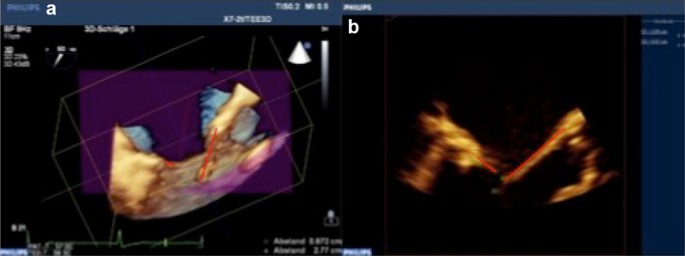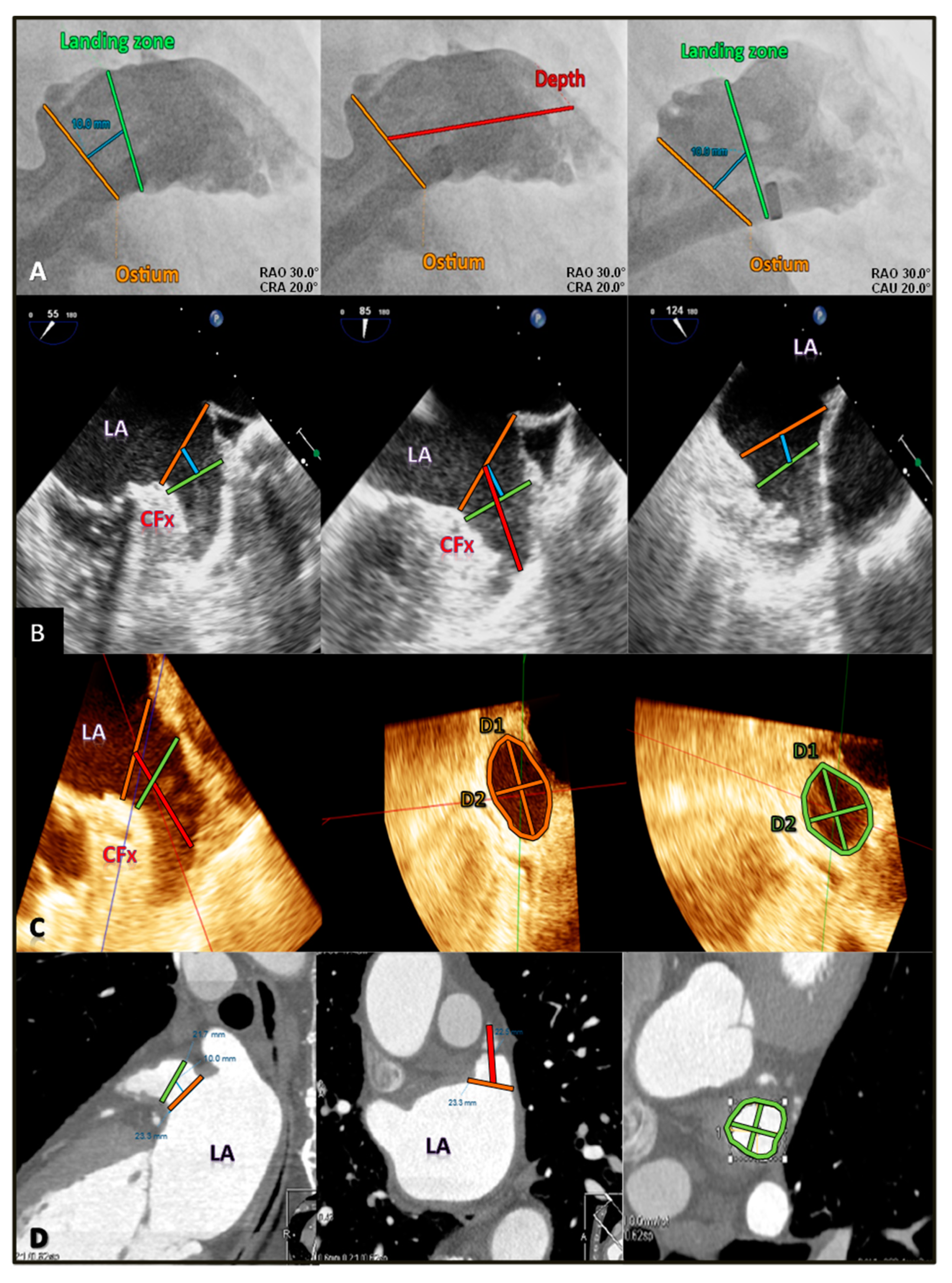
#QLAB SOFTWARE TEE SOFTWARE#
Excellent intraobserver and interobserver reliability was proved for the same parameters time for analysis between the 2 methods in pathologic valves was substantially equivalent, although longer in pathologic valves when compared with normal MV using both tools.ĮchoPixel proved to be reliable to display 3D TEE datasets and accurate for direct linear measurement of both MV annular sizes and prolapse height compared to QLAB MVN software it also carries a low interobserver and intraobserver variability for most measurements.ģ-dimensional echocardiography mitral valve mitral valve surgery.Ĭopyright © 2018 Elsevier Inc. A higher agreement for all annular parameters and prolapse height was seen in normal valves.


The agreement of measurements, intraobserver and interobserver variability, and time for analysis were assessed.įair agreement between the 2 software systems was found for annular circumference and area in pathologic valves, but good agreement was reported for prolapse height and linear annular diameters. The 3D-TEE datasets of the MV were analyzed using a 3D MV model and stereoscopic display. The study took place in a tertiary care center.Ī total of 40 patients, 20 with severe mitral regurgitation who underwent mitral valve repair and 20 controls with normal MV, were enrolled retrospectively. Newest 3D software allows measurements directly in the en-face-3D TEE mode. This was a retrospective comparative study. Measurements of the aortic valve in en-face-3D TEE (a), Qlab MPR (b) and 2D TEE (c) from publication. The aim of this study was to assess the feasibility of 3D holographic display and evaluate 3D quantitative measurements on a volumetric MV image using the EchoPixel system compared with the 3D MV model generated by QLAB Mitral Valve Navigation (MVN) software. A new stereoscopic visualization tool (EchoPixel True 3D) allows virtual examination of anatomic structures in the clinical setting, but its accuracy and feasibility for intraoperative use is unknown. However, the use of 3D MV models in clinical practice still is limited by the need for specific training and the long time required for analysis. Two hundred eleven patients (110 men mean age 61 12 years) were studied during clinically-indicated TEE examinations according to standard proto-col, including patients with atrial brillation (21 of 211, 10). The use of 3-dimensional (3D) transesophageal echocardiography (TEE) in perioperative evaluation of the mitral valve (MV) is increasing progressively, including the use of 3D MV models for quantitative analysis. an Xcelera workstation with the use of QLAB software (Philips Medical Systems).


 0 kommentar(er)
0 kommentar(er)
